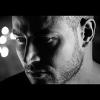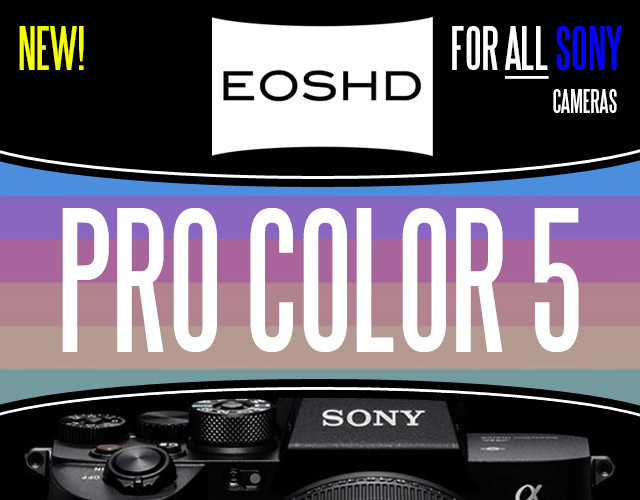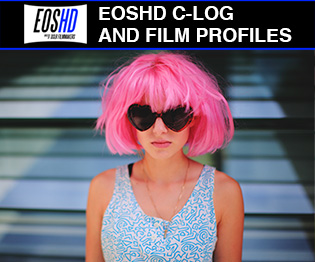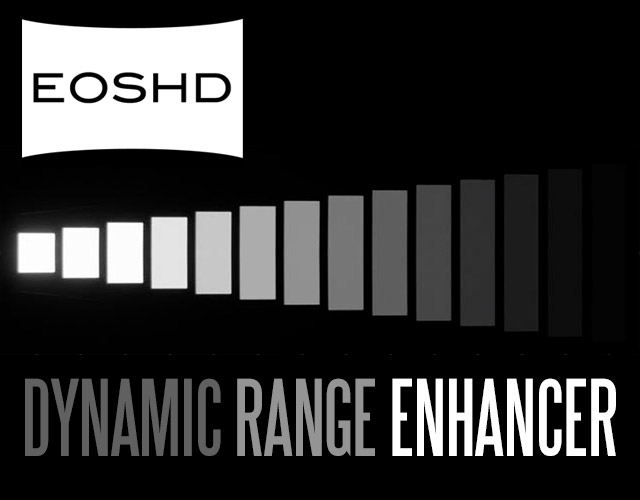This video illustrates the biggest flaw of the bmcc perfectly
-
Similar Content
-
- 0 replies
- 1,947 views
-
- 10 replies
- 3,259 views
-
- 9 replies
- 3,437 views
-
- 0 replies
- 2,568 views
-
- 6 replies
- 4,152 views
-








Recommended Posts
Create an account or sign in to comment
You need to be a member in order to leave a comment
Create an account
Sign up for a new account in our community. It's easy!
Register a new accountSign in
Already have an account? Sign in here.
Sign In Now